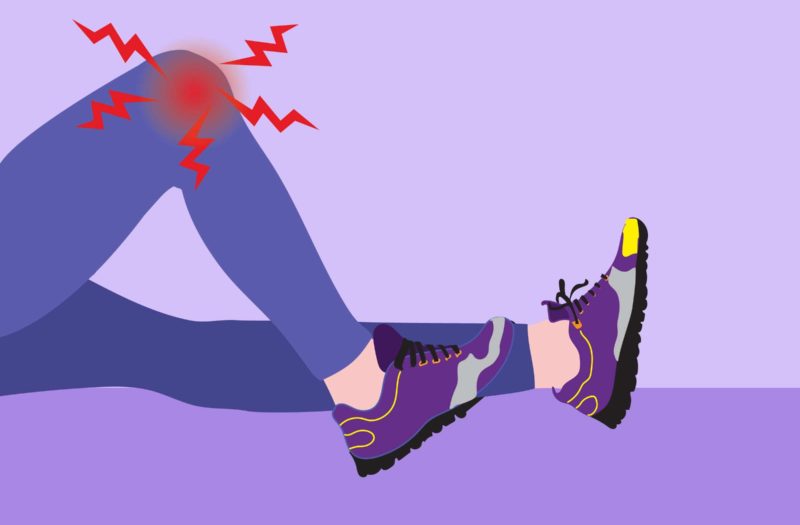Key Takeaways
- Knee instability is common among people with knee OA and is linked to more pain and slower gait speed.
- People with the highest levels of knee instability benefit most from education and supervised exercise program.
- Only 11 percent of people with knee OA are physically active, yet being sedentary may make this condition worse.
Knee osteoarthritis (OA) is well-known for causing pain and swelling, but it may also cause instability — a sensation that your knees are buckling or giving way under your weight. About 75 percent of people with knee OA have this problem.
Feeling unstable can be pretty scary in general, and it’s clear why it would deter someone from trying to move any more than absolutely necessary. Yet being too sedentary can make OA and related symptoms, including instability, even worse. Not getting enough activity may also take a toll on your overall quality of life.
Fortunately, new research suggests that taking part in education and a supervised exercise program may help a great deal. In fact, people with severe knee instability might benefit more than others with OA who undergo the same training.
The new study, which was published in Arthritis Care & Research, used data on the more than 2,400 OA patients who were enrolled in an eight-week education and exercise program for patients in Denmark. Participants rated their own knee pain intensity before and after the program. They also did “fast-paced walk tests” to find out how fast they could walk at baseline and again after the program ended.
The authors took this data and considered it in light of knee instability. They divided participants into four groups:
- No instability
- Rarely had instability
- Sometimes had instability
- Experienced instability most of the time
- Experienced instability all the time
The education and training program included two educational sessions and 12 hour-long exercise sessions that were led by a physical therapist. The educational sessions focused on understanding OA, treatment options, and self-management strategies. The exercise ones focused on moves that promote strength and endurance of the hip and knee muscles as well as joint control and stability. (You can see some of the specific exercises here.)
The entire program took place over the course of eight weeks. When it ended, those who had started out with the highest levels of instability reaped the greatest rewards. All the participants were walking a little faster and experiencing less intense pain after the program, but those who began in the highest instability group had the most significant improvement in pain.
The authors suggest that future studies in patients with knee OA and knee instability should investigate factors that might affect the benefit from exercise therapy as well as the type of exercises that are especially effective in improving knee stability, muscle strength, and structural changes in the knee joint.
What This Means for You
Research has shown that exercise helps people with knee OA improve their gait speed and lessens their pain. If you have knee instability, talk to your doctor or a physical therapist to learn how to safely exercise and strengthen the muscles around the joint.
Be Part of Research with ArthritisPower
Join CreakyJoints’ patient-centered research registry and participate in voluntary studies about managing arthritis. Learn more and sign up here.
Selçuk, H et al. “Influence of Self‐Reported Knee Instability on Outcomes Following Education and Exercise: A Cohort Study of 2,466 Patients With Knee Osteoarthritis.” Arthritis Care & Research. January 14, 2023. doi: https://doi.org/10.1002/acr.25060.
Wallace, D et al. “The Assessment of Instability in the Osteoarthritic Knee.” EFORT Open Reviews. March 2019. doi: https://doi.org/10.1302/2058-5241.4.170079.






